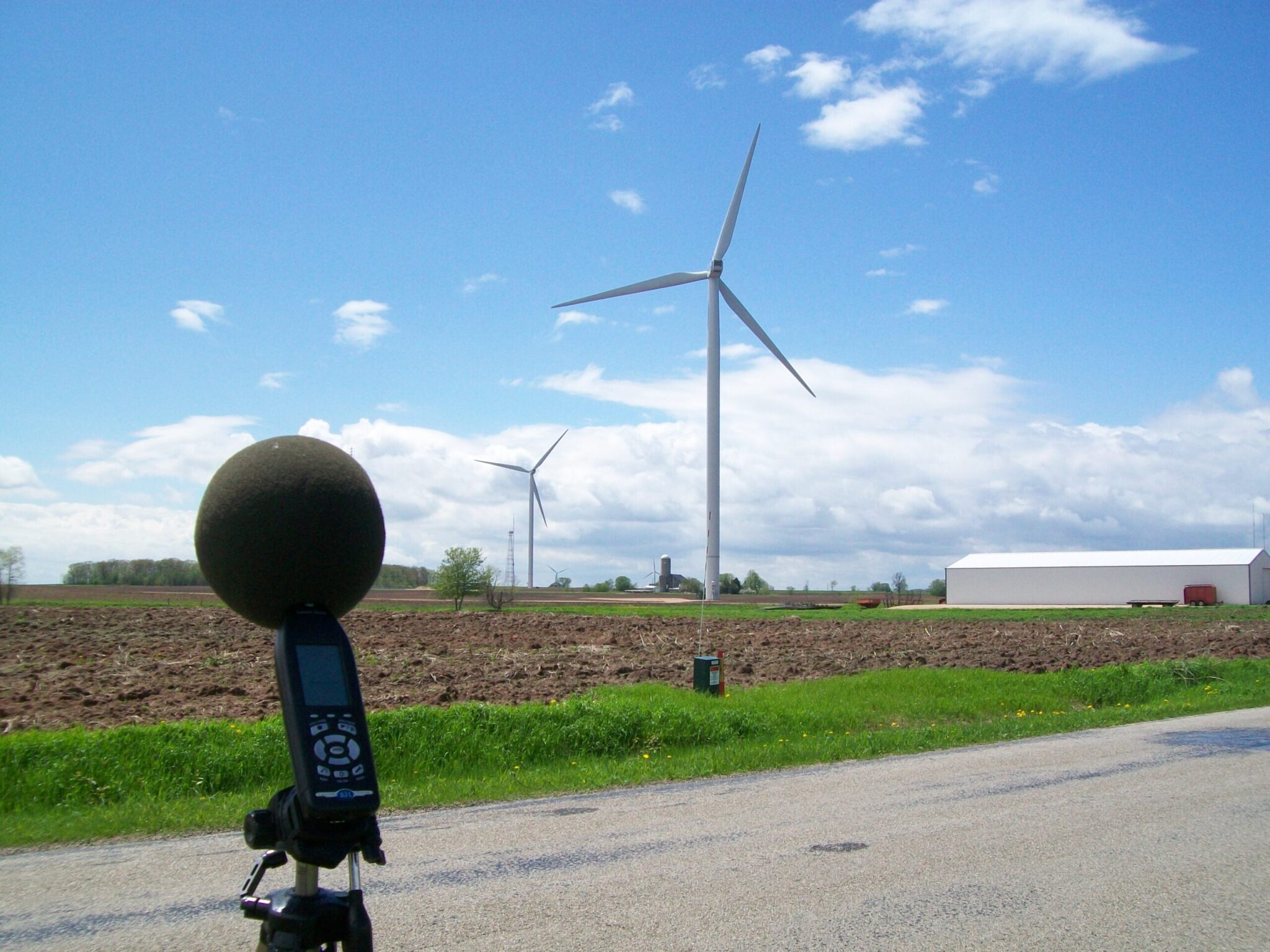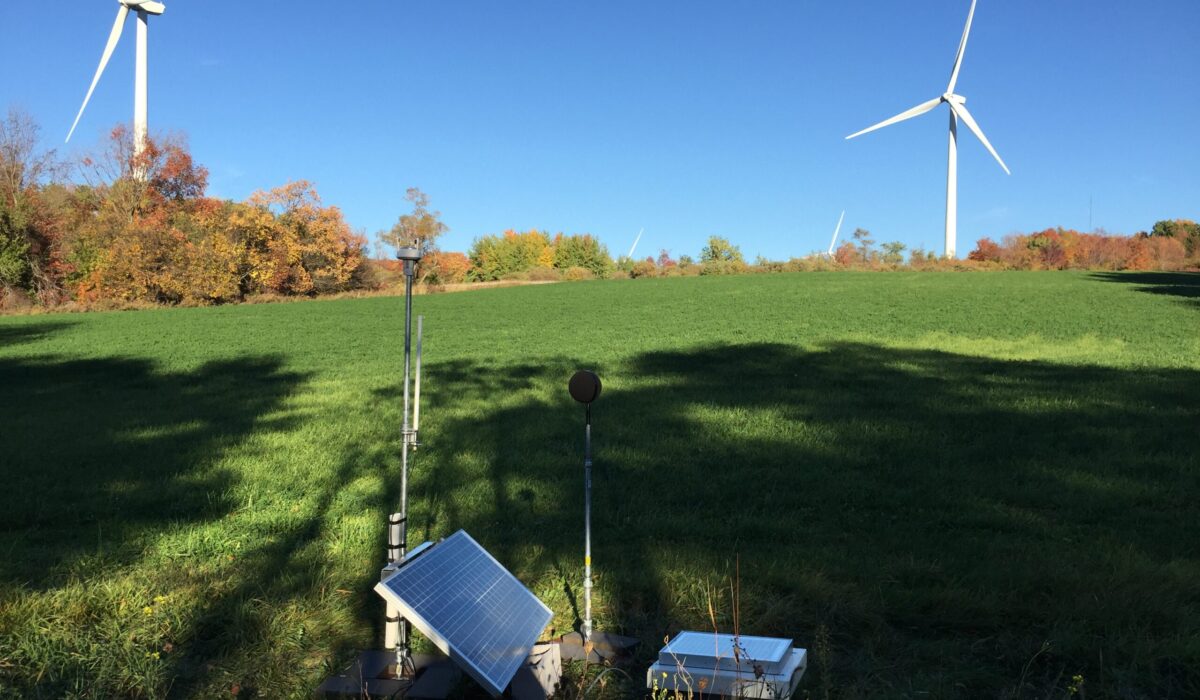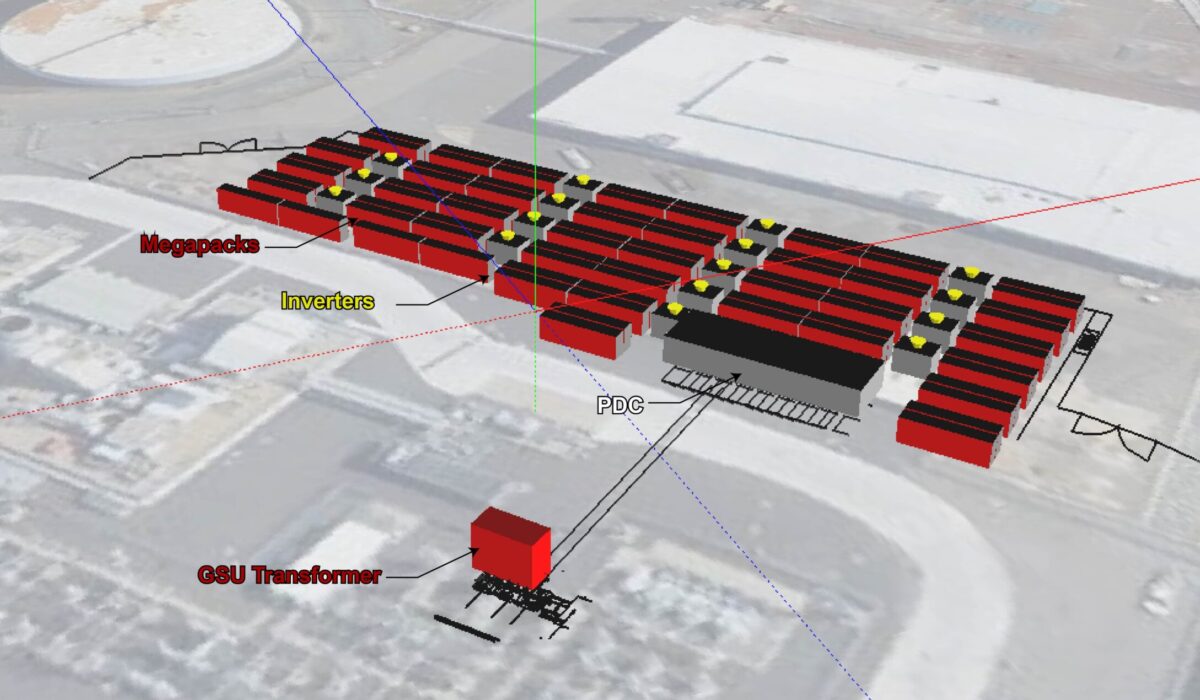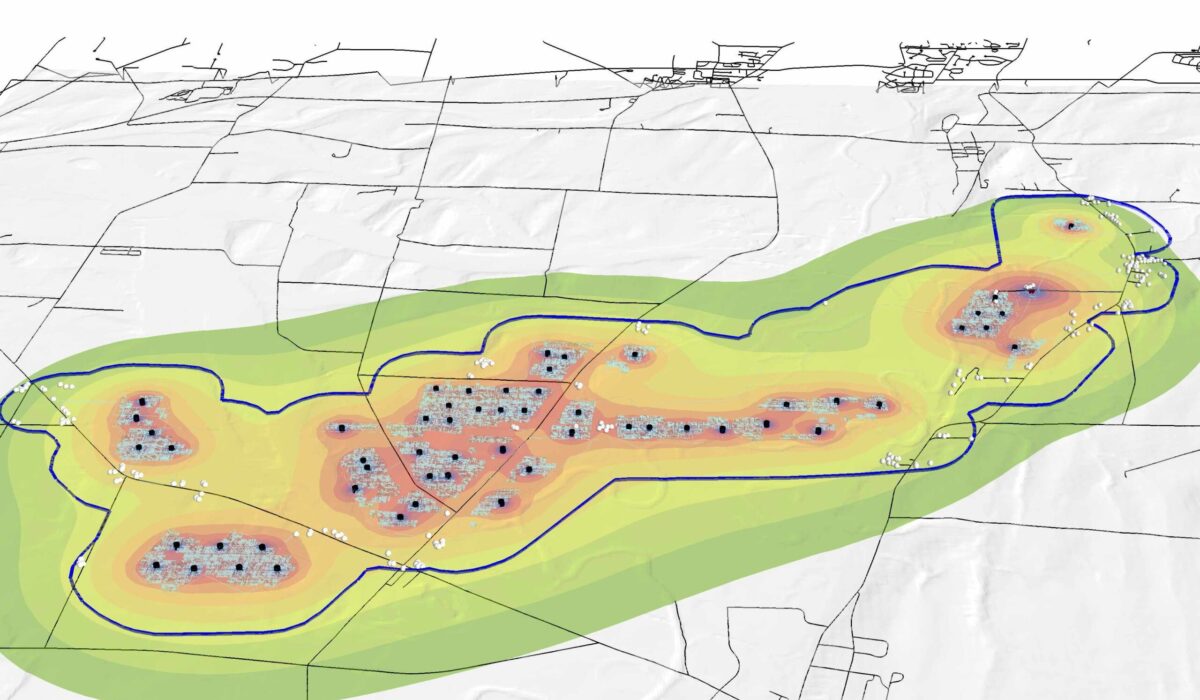Renewable Energy Noise: Wind, Solar, and Battery Storage Impacts & Mitigation
General Information on Renewable Energy Noise
While renewable energy sources are vital for a sustainable future, they are not entirely noise-free. Wind turbines generate aerodynamic noise from their rotating blades and cooling systems, which can be a concern for nearby residents, particularly in quiet rural areas. Solar panel installations, though generally silent, can produce noise from associated equipment like inverters and transformers, especially in large-scale solar farms. Battery energy storage systems (BESS) contribute noise through their cooling systems (fan noise) and from power conversion systems. Though typically less intense than traditional power generation noise, the cumulative impact of these renewable energy sources necessitates careful planning and mitigation strategies, including strategic placement of the facility, noise barriers, and technological advancements in equipment design, to minimize disturbance to surrounding communities

Noise Control for Renewable Energy
Wind
Solar
Battery Energy Storage Systems

Noise Control for Wind Farms
Effective wind farm noise reduction relies on:
- Strategic Site and Turbine Placement: Maximizing distance from residences and optimizing layouts for sound attenuation.
- Technological Noise Reduction: Utilizing features like serrated blades and adjusted rotational speeds.
- Monitoring and Regulation: Implementing real-time noise monitoring and adhering to local regulations with community engagement.
Noise Control for Battery Energy Storage Systems
Controlling noise from Battery Energy Storage Systems (BESS) is essential due to their growing prevalence. Key strategies include:
- Equipment Optimization: Utilizing quieter fans, pumps, and sound-attenuating enclosures for inverters and transformers, along with vibration isolation.
- Strategic Placement and Barriers: Maximizing distance from residential areas and using natural or constructed barriers to reduce offsite noise.
- Maintenance and Monitoring: Implementing regular maintenance and continuous noise monitoring to ensure compliance and address community concerns.


Noise Control for Solar Facilities
Noise reduction in solar facilities focuses on minimizing sound from inverters, transformers, and cooling systems. Key strategies include:
- Strategic Placement and Enclosures: Placing noisy equipment away from sensitive areas and using sound-attenuating enclosures.
- Equipment Selection and Maintenance: Choosing quieter equipment and implementing regular maintenance schedules.
- Site Planning and Barriers: Utilizing natural or constructed barriers, and careful site planning with baseline noise monitoring, to reduce noise propagation.
Frequently Asked Questions
How does wind turbine noise propagate from the turbine??
Understanding wind turbine noise propagation requires considering several atmospheric and environmental factors. A wind gradient is the change in wind speed with height. Typically, wind speed increases with altitude. This gradient can cause sound waves to bend. Sound waves traveling with the wind at higher altitudes move faster than those closer to the ground, resulting in a downward bending effect. Conversely, in certain atmospheric conditions, the wind gradient contributes to upward refraction which will create an “acoustic shadow zone” where noise levels are significantly reduced. Wind gradients are an important factor in wind turbine noise propagation because wind turbines are very tall and therefore have to deal with very different wind speeds from the bottom of the blades to the top of the blades.
In essence, these factors interact to determine how wind turbine noise travels. Atmospheric conditions, particularly temperature and wind gradients, play a crucial role in shaping the sound field around a wind farm.

How far away should a solar facility be so that I will not be impacted by noise??
Determining a safe distance to avoid noise impact from a solar facility is not straightforward. It depends on a confluence of factors, including the facility’s scale, the surrounding terrain, applicable noise regulations, and the existing background noise levels. Mere audibility does not equate to a significant ‘impact’; the level of disturbance is subjective and context-dependent. As a general guideline, maintaining a minimum 300-foot buffer zone from noise-sensitive receptors is advisable, as distance remains a primary mitigation tool. While noise barriers can offer localized protection, their effectiveness typically diminishes beyond the immediate vicinity. A comprehensive assessment should consider all these variables to ensure minimal disruption to surrounding communities.
Full Member of the Acoustical Society of America
Full Member of the Institute of Noise Control Engineering


